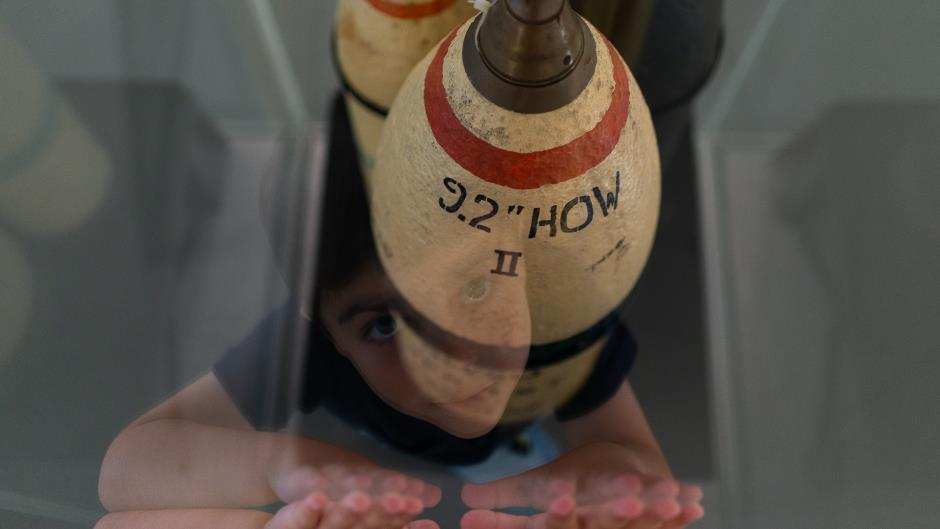Enjoy this article?
Most Museums Journal content is only available to members. Join the MA to get full access to the latest thinking and trends from across the sector, case studies and best practice advice.

In 1845, proposing the granting of powers to councils to create museums, Liberal MP William Ewart said that "it would be the fault of the Government if there was a single manufacturing or large town in the country deficient of a museum of such a character as might give a sound taste in art to the population of that town".
Despite some gentle resistance from prime minister (and British Museum trustee) Sir Robert Peel, there was cross-party support for Ewart, with Conservative Montague Gore enthusiastically advocating for museums that were designed for the masses, "calculated to improve the social system, and to render the artisan and the labourer sober and industrious, cheerful and intellectual", which would "extend the basis on which rested the foundation of peace, security and national prosperity".
I am writing this as the live newsfeed confirms Donald Trump’s victory. The anarchy of the US presidential campaign feels such stark contrast to 1840s Hansard.
But when you dig a bit deeper into the coverage and listen to Americans, on both sides of the argument, there’s a marked contrast between the melee of the political sphere and the underlying commonality of the things that people most deeply care about.
To feel safe; to connect; to care for your family; to find hope in community; a peaceful future and a sense of being heard. It feels as if people have become uncoupled from their familiar foundations and thrown into a confusing, chaotic political space where little makes sense.
Conflicts erupt over seemingly abstract, random things – amplified by social media. Objective facts seem to have become mutable and chimeric. A lot of the old certainties of right and wrong have become contested things and in place of traditional, shared moral compasses, people are left to navigate batshit-crazy stories about cat-eating foreign criminals.
In such a febrile and anarchic space, a combination of fear, bad actors and virally distorted information can lead to erratic and violent outcomes – similarly seen this summer in the UK.
It's no surprise that people look for cohesion. Culture secretary Lisa Nandy recently placed social cohesion as one of the three central challenges for culture in the UK and, as such, it needs to be at the core of museums’ strategies going forwards – partly to align with government policy but mainly because it’s one of the things that places like museums can do really well.
In today’s world, trying to build cohesion around abstract concepts (like ‘kindness’) doesn’t stick. It gets lost in all the sound and fury. This was something I heard from community based groups in September at a Beyond Hate workshop, organised by The Leap, Borderlands and Bradford Council.
While academics and agencies proposed systems and methodologies, community activists called for solidarity and unity. Cohesion needs to be built around the concrete, where points of connection can be found around shared stories and shared understanding.
The good news is that sharing stories in a shared place is exactly what museums do. In the case of the Royal Armouries, we’ve been doing that, one way or another since 1323, when John Fleet was first appointed to look after the collection of arms and armour that was accumulating at the Tower of London.
For 700 years, our purpose and our collection have grown as the technologies, interactions and impacts of the arms and armour itself have.
It’s true we may have been less self-aware at times, but a sense of service has run throughout. It’s also almost impossible to encounter our collection without beginning to explore both your own agency and relation to others.
Look at a sword and imagine what you might do with it. What might you do if it was pointed at you? Would you liberate the oppressed or become a tyrant? Would you beat it to a ploughshare or sell it to become rich?
Whether through year-round, free, daily live performances, new initiatives such as our just opened Digital Playground, supported by the National Lottery Heritage Fund, or through our participation and learning programmes, we are always looking to place that human point of connection.
It might seem counterintuitive that a collection born in the ancient wars of kings can be put to the service of the people but I feel strongly that there’s very little point in keeping it if we don’t.
If, however, we cultivate the widest possible access and agency for people to use this remarkable repository of stories of human conflict and violence to help navigate a path to a more peaceful and happier future then there’s a goal we can share.
Today, we might describe Montague Gore’s "peace, security and prosperity" as "opportunity, growth and cohesion", but it is no less diminished as a cause for museums to serve. In that service lies the real joy of museums.
Nat Edwards is Director General and Master of the Armouries at the Royal Armouries Museum, Leeds
Join us in Leeds for the biggest museum event of the year – online and in-person tickets are still available.
Most Museums Journal content is only available to members. Join the MA to get full access to the latest thinking and trends from across the sector, case studies and best practice advice.